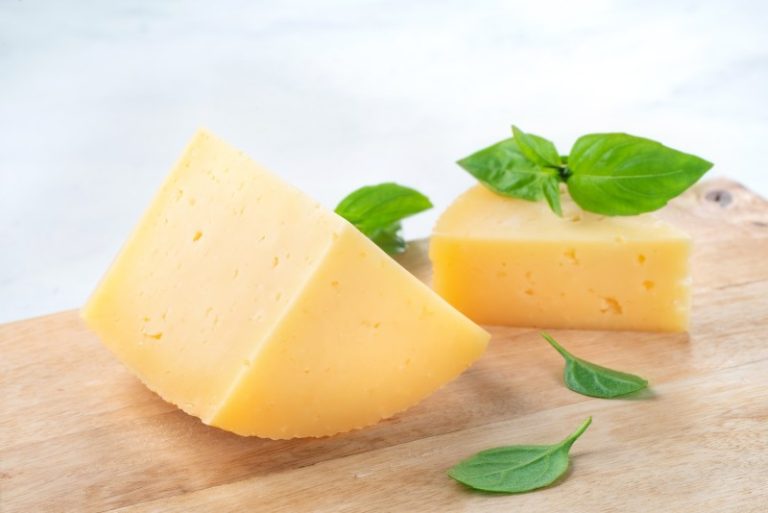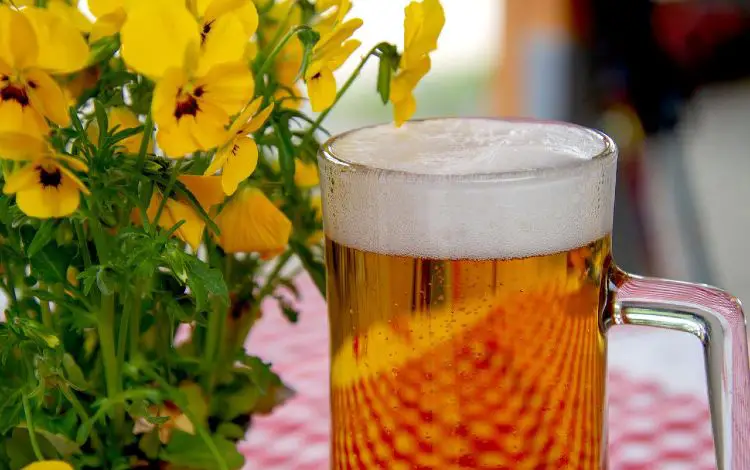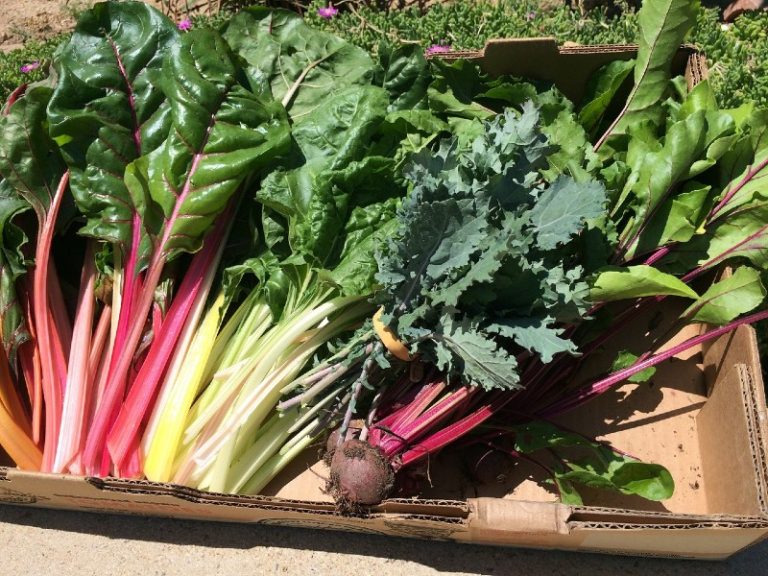Inspired by Nature, Made by Hand
I spent most of my Art and Design Foundation course in the pottery department, back in 1987, where I learned the basics of throwing, handbuilding and decorating. But then I had a long break from pottery as I went to Nottingham University and studied English and Art History – it was when I was on maternity leave in 1999 that I rediscovered my love of ceramics when I spent a year doing a part time BTec National Certificate in the subject at Hornsey College. So that was when I realised that ceramics was what I loved doing the most, and I decided that this was what I had to do for a living.
In the very beginning, my style was inspired by looking at design and interiors magazines (I have always loved these and collected them for many years) s well as a long standing love of Scandinavian and Eastern European decorative and folk art, of which there was a great deal in my family home and the homes of my extended family in Germany. I have also always loved the mid-century era in decorative art and my first designs were particularly inspired by fabric patterns such as those by Lucienne Day.
So when I started, my style was sort of there in an embryonic way, but it is definitely developing all the time, and the work that I am producing now is informed by stylised representations of patterns observed in tree and plant life, and by English printmakers from around 1940 to the present day, who work in a decorative style – such as Enid Marx, Robert Tavener, and contemporary artists such as Mark Hearld and Richard Bawden. I have gradually got to this place in my design by a continually evolving process, so one thing leads to another. I don’t think this will ever stop!
There are some contemporary potters that I really love, for example Nigel Lambert, Irina Sibrijns and Laurance Simon, but I am much more influenced in my own work by manufactured ceramics produced in the middle of last century, such as those designed by Stig Lindberg for Gustavsberg and other manufacturers such as Rostenthal, Rorstrand and Midwinter.
The technique I use is a very traditional one used for making tableware in this country. The finished items are called ‘slipware’. This is essentially earthenware clay which is decorated before it is fired with coloured liquid clay called slip, which is applied in a variety of ways such as trailing, sponge printing, painting and using paper as a resist. This last method is one that I am using a lot at the moment, where I make a drawing on a piece of paper, cut it out with a craft knife and then use it as a stencil to block out an area on the clay – it gives a very sharp, defined line and so I can make very detailed patterns in this way. It also relates very well to my interest in printmakers, as the technique and result is not dissimilar.
I also use underglaze colours in the same way as the slip, as there are a lot of beautiful ready- made bright colours I can use. Then the dry piece is fired in the kiln, dipped in a clear glaze and fired once more.
Being a potter can be a solitary pursuit, but being a mother of two schoolboys keeps my home life so busy that I am often glad of the peace and quiet in my studio! I have also recently embarked on developing a new body of work, both in ceramics (one off highly decorative collectors’ items) and in two dimensions (watercolour painting and printmaking), which has been funded by the Arts Council. I very much need to focus 100% of my mental energy on this, so I am grateful for the lack of distractions during the day.
I am also lucky to live in a very close community so there is never a moment where I feel very isolated. My studio is a short walk away from a house, so this is very convenient.
My pottery is tactile in that the decorations are applied in such a way that they are slightly raised from the surface, and my customers often comment on how this is appealing to the touch. But I think that the colours and patterns I use are what people respond to first and foremost.
My work has always been functional – even the new large scale, one-off pieces can be used if desired. This is because the designs are rooted in personal memories of domestic paraphenalia that was in my home when I was growing up and are significant triggers to my memories of family times. So my aim is to complete the circle by producing items that will be held and used by their owner, so becoming a special part of their home life in the same way that the items I remember, like my aunt’s coffee pot and my father’s shirt, were to me.
The paintings and prints I have started to make also feature items in my home today, such as plants, plates found in charity shops, jugs that I have made etc, so they also come from the same impulse to celebrate these things that signify ‘home’. But as I have said before, the other massive inspiration for me at the moment is to find the repeating patterns in leaves, buds, branches etc and to make my own patterns out of them for both ceramic and 2d decoration.
One of my other favourite things to do is to cook – I love cooking for my family and friends, and my husband keeps a lovely vegetable garden (which I don’t really help much with, to his irritation!) where he grows courgettes, cucumber, tomatoes, lettuce, peas, potatoes, sweetcorn, onions etc. My cooking tends to be rooted in my German upbringing, but with a very strong French influence – for instance, this evening I am cooking pork chops with herbs in a grill pan together with a cream and mushroom sauce, spring greens and new potatoes. I have a lovely collection of slipware and other handmade pots made by other potters including Hannah McAndrew, Nigel Lambert and Derek Emms, as well as my own work that has gone slightly wrong, and there is something deeply satisfying about presenting a home cooked meal on handmade tableware.
I go to several contemporary craft fairs to sell my work every year – including the Contemporary Craft fair at Bovey Tracey, Devon, in June, Made in Brighton in November and sometimes Ceramics in the City in London. I very much enjoy meeting my customers at these events, and some of them have become friends! In the past few years I have been selling my tableware to lots of galleries all over the UK, but I have stopped batch production of tableware in order to focus on the new work I mentioned above. I am always happy to make items to order for customers.
I have several exhibitions coming up – in September I will be showing new work at the Yew Tree Gallery near Penzance in Cornwall, in November at Hayletts Gallery in Maldon, Essex and next year at Gallery 9 in Bath. I recently had a solo show at Ainscough Contemporary Art in Chelsea and in Dartmouth, which was the first time I had my new work (ceramics, prints and paintings) on show and this was very motivating for me as they sold nearly everything – which also of course means that I am very busy making more now! From the third week of May there will be a selection of my new watercolour paintings on display at Potterton Books in Chelsea, to coincide with the Chelsea Flower show, and I will also be represented by the Bowie Gallery at the Hay Festival later this month, with new ceramic work.
My plans for the future are that I will continue dividing my time between my family and my work, which will be a roughly even split between ceramics and painting-printmaking, and I am currently negotiating a contract with a publisher of fine art prints, cards and stationery so this may lead to opportunities to design for manufacture, which I am also very interested in.
If I were to give advice to people interested in learning my craft, I would say that it is good to take it one step at a time, take the time to learn and develop as this is not a skill that can be rushed – I decided that this was what I wanted to do back in 2000, twelve years ago and I still feel that I have only just begun!
Further information
Katrin Moye’s website: www.katrinmoye.wordpress.com
Follow Katrin on Twitter: @katrinmoye



